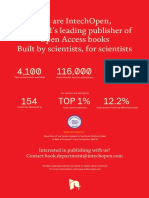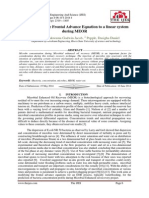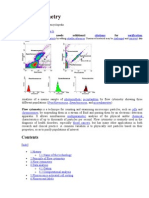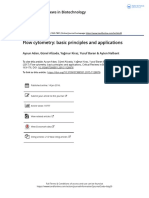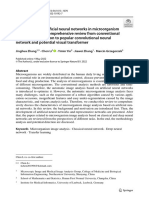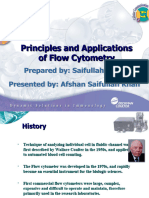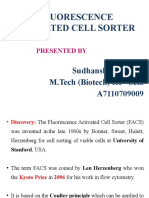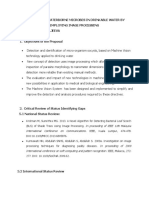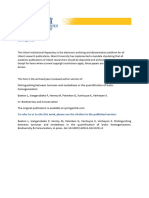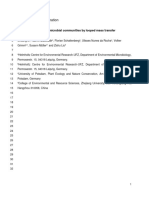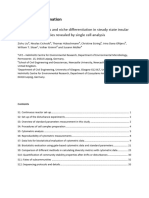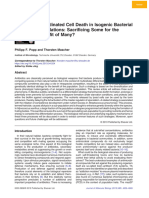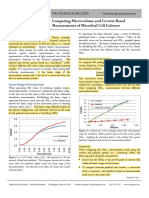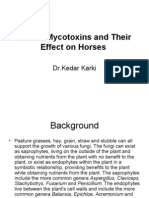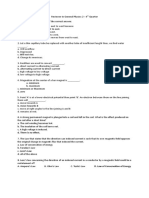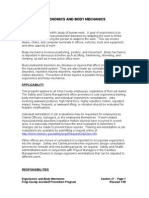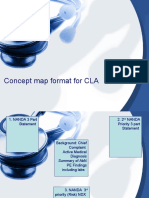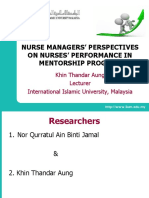0% found this document useful (0 votes)
17 views1 pageComputational Analysis of Microbial Flow Cytometry Data
This document summarizes the computational analysis steps for microbial flow cytometry data. It provides an overview of the full data analysis pipeline, from measurement to data interpretation. The pipeline includes data processing beyond the commercial instrument software. While flow cytometry can generate large amounts of quantitative, multivariate, single-cell data, no full overview of the computational analysis steps existed previously. This review aims to describe each analysis step and highlight useful computational methods, in order to standardize the analysis of microbial flow cytometry data.
Uploaded by
gorkhmazabbaszadeCopyright
© © All Rights Reserved
We take content rights seriously. If you suspect this is your content, claim it here.
Available Formats
Download as PDF, TXT or read online on Scribd
0% found this document useful (0 votes)
17 views1 pageComputational Analysis of Microbial Flow Cytometry Data
This document summarizes the computational analysis steps for microbial flow cytometry data. It provides an overview of the full data analysis pipeline, from measurement to data interpretation. The pipeline includes data processing beyond the commercial instrument software. While flow cytometry can generate large amounts of quantitative, multivariate, single-cell data, no full overview of the computational analysis steps existed previously. This review aims to describe each analysis step and highlight useful computational methods, in order to standardize the analysis of microbial flow cytometry data.
Uploaded by
gorkhmazabbaszadeCopyright
© © All Rights Reserved
We take content rights seriously. If you suspect this is your content, claim it here.
Available Formats
Download as PDF, TXT or read online on Scribd
/ 1









